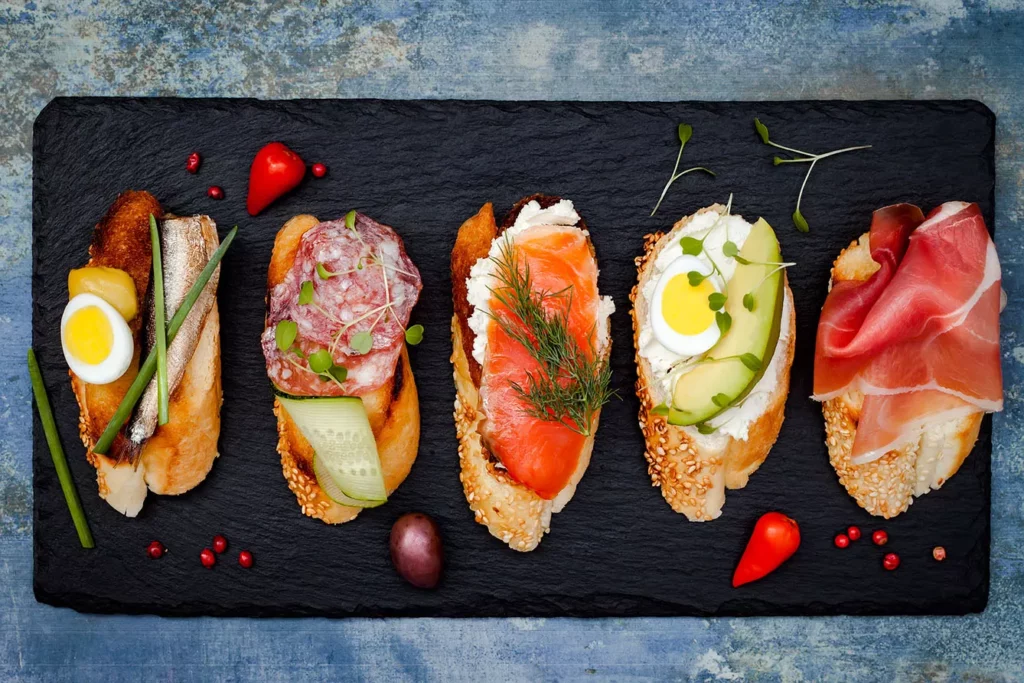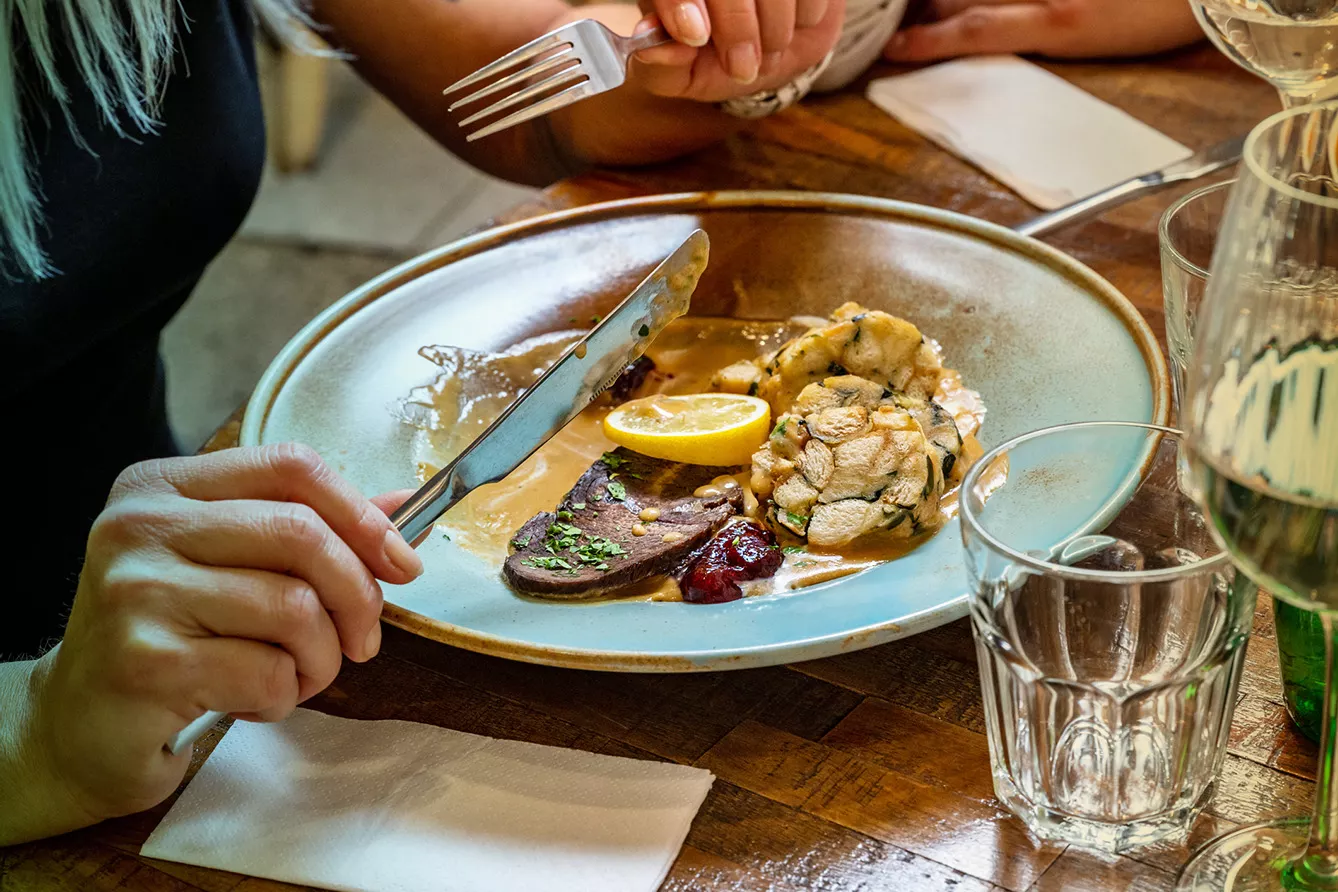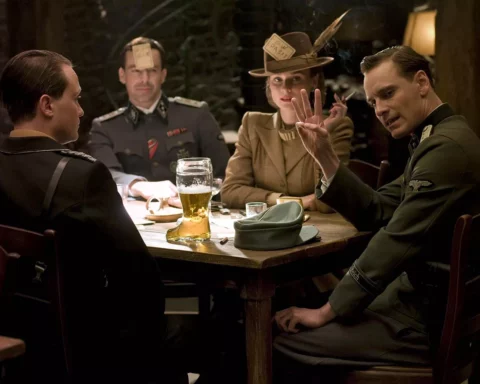Okay, so you made it to your Czech friend’s place. It’s a lovely apartment, maybe a house. You have been looking forward to this party for a long time. Yet, you are intrigued by what will unfold. And you are even more intrigued about the food the host will serve you. Well, you have every right to be intrigued; Czechs and their cuisine are unique and exciting. They are even famous for at least one ingenue invention: a multicooker called Remoska. But let us show you some examples of Czech cuisine. But you better keep your taste buds in check!
Starters? Try Chlebíčky!
As the starter, you will most likely encounter chlebíčky. Chlebíčky could be translated as “little bread.” You could also call it an open sandwich because the essential feature of it is that there is only one slice of bread. There are three main parts of every chlebíček: the bread, the spread, and the garnish. The bread is usually a plain white baguette; for the spread, you can use anything from butter to potato salad. And for the garnish, you can choose cheese, ham, egg, or pickles.
So that you know, the creator of chlebíčky was a Czech charcuterie shop owner named Jan Paukert. His idea in 1916 was simple. Canapés were too small, regular-sized meals too big. And that is how chlebíčky got created.

The welcome drink – and the post-welcome drinks

So, you did one or two chlebíčky, now comes the time for a welcome drink. The host emerges from the kitchen with a tray of champagne glasses. In them is Bohemia Sekt, a unique brand of Czech sparkling white wine to help you digest the chlebíčky.
After the welcome drink, you have two options: alcoholic or non-alcoholic. If you choose the latter, you will most likely get Kofola, a unique Czech soft drink made from herbs and mineral water. If you choose to go the alcoholic route, you might well be offered a pint of Pilsner Urquell, a great Czech beer from the West Bohemian town of Pilsen. Your guess is correct; every Pilsner beer brewed worldwide gets its name from this town. The brewers in Pilsen, Czechia were the first to develop this unique way of brewing beer.
If the mood gets way too good, you might end up drinking some slivovice, which is traditional Czech plum brandy, often home-distilled. So, you could call it Czech moonshine.
Czech main course: Svíčková s knedlíkem
Your main course will most likely comprise svíčková s knedlíkem. That would be special Czech gravy with dumplings. Dumplings are an essential and inseparable part of Czech cuisine. There are many types of dumplings from different ingredients, sweet and savory. They can be served as side dishes, dessert, or main course. Yeast dough, potatoes, or meat can serve as the main ingredients for tasty Czech dumplings.
Svíčková, the gravy itself, is a marinated beef cooked in a creamy sauce. Every Czech will tell you that their mother/grandmother makes the best Svíčková.
We hope that you enjoy your Czech party! Though we would suggest taking it easy on the beer and spirits. Mornings can be tough, even without the added hangover.







